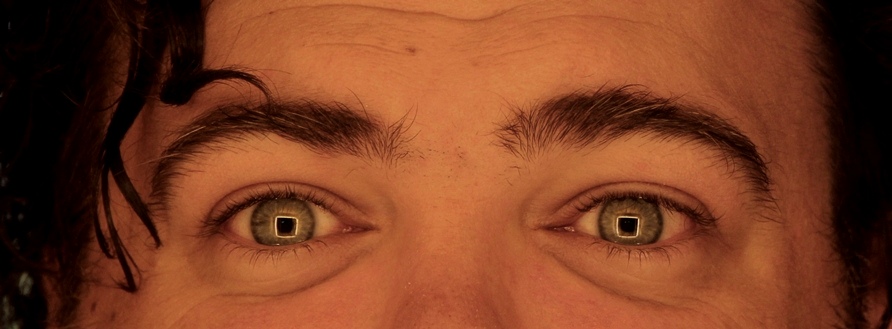
Own Your Cold Weather Workout
The start of the winter season is on Saturday, December 21st this year and we’re gearing up for a cold season. Many states have already seen record lows! If, like us, you don’t plan to slow down your fitness endeavors, you need to be prepared for working out in the cold.
We’ll be covering the warning signs of frostbite and hypothermia and giving you some useful information for your next winter workout!
Warning Signs
Frostbite

Frostbite occurs when your skin and the underlying tissue are damaged by freezing. Exposed skin (especially on your nose, ears, and fingers) is most vulnerable, but you can still get it even if you’re covered up. If you plan to be out in cold weather, especially where the wind temperature is below 5° Fahrenheit (or -15° Celsius), these are some important precautions recommended by the Mayo Clinic:
- Limit your time in cold, wet, and windy weather conditions
- Wear loose, warm layers of clothing
- Cover your ears completely
- Wear mittens because they provide better protection than gloves
- Wear insulating socks and sock liners that wick moisture and fit snugly
- Tell others that you’ll be out and give an expected return date
- Avoid alcohol as it can actually cause your body to lose heat more quickly
- Stay hydrated
Additionally, they identify these symptoms as warning signs of frostbite:
- Cold skin and a prickling sensation
- Numbness in the affected area
- Red skin in milder forms of frostbite, and white, bluish-white or grayish-yellow skin as it becomes more severe
- Hard or waxy-looking skin
- Joint and muscle stiffness
- After rewarming, the appearance of blisters on the skin
If you go out prepared and know the signs, you can head into your workout with confidence. Frostbite, however, is not the only worrisome condition you have to watch out for in cold weather. While the former can lead to loss of limb, hypothermia can cause death. Here is what you should know about hypothermia:
Hypothermia

Your body’s normal temperature is 98.6° F (or 37° C). According to the Mayo Clinic, Hypothermia starts when your body loses heat faster than it can produce it; and, will start to show its effects once your temperature falls to 95° F (35° C) or lower.
In their article on Hypothermia, the Mayo Clinic identifies the following symptoms you should look out for:
- Shivering
- Slurred speech or mumbling
- Slow, shallow breathing
- Weak pulse
- Clumsiness; lack of coordination
- Drowsiness; low energy
- Confusion; memory loss
- Losing consciousness
- In infants, you would notice bright red, cold skin
Perhaps the easiest way to enter a hypothermic state is if you are wet from rain, snow, or if you fell into a body of water. Wind, on its own, whisks away your body heat. Add the fact that your clothes are wet, and the effect is amplified. It’s extremely important to change out of wet clothes and find a warm dry place when you are caught in cold weather.
Things to Consider Before Heading Out

Warm the Air Before You Breathe It – Breathing heavily in cold weather can make your lungs feel like they’re about to freeze over. Wearing a face scarf over your nose and mouth can help warm the air you’re breathing and make your workout more comfortable.
Map Your Route – You should know if you’re likely to encounter flooded areas, frozen patches of water, slick icy roads, or fallen plant life and debris. Stick to areas you’re familiar with so you can re-route if needed and still find your way. Choosing areas with more cover (like buildings, trees, etc.) will also help protect you from wind and other sporadic weather conditions.
Plan by Time of Day – Leave for your workout when you know the temperature will be at its warmest for the day. Going too early in the morning or too late in the evening will expose you to colder temperatures and, if it’s cold enough, icy roads and frozen slush.
Keep Hydrated – Hydrate before you leave and bring some with you if you plan to be out for a while. You may not notice that you’re sweating, but you probably are. Putting back what your body loses is important to a safe cold weather workout.
Protect Your Skin – Sunblock is still important in the wintertime, and the brisk winter air can dry out anything that’s exposed to it. Moisturize your lips, your face, and your hands if you don’t plan to wear gloves.
You can read up on the calorie burn of cold weather workouts by reading our post on Thermogenesis. For information on how to protect your eyes from the dryness of winter air, check out our blog on Eye Health. To access our monthly blog post highlights, subscribe to our newsletter today!












